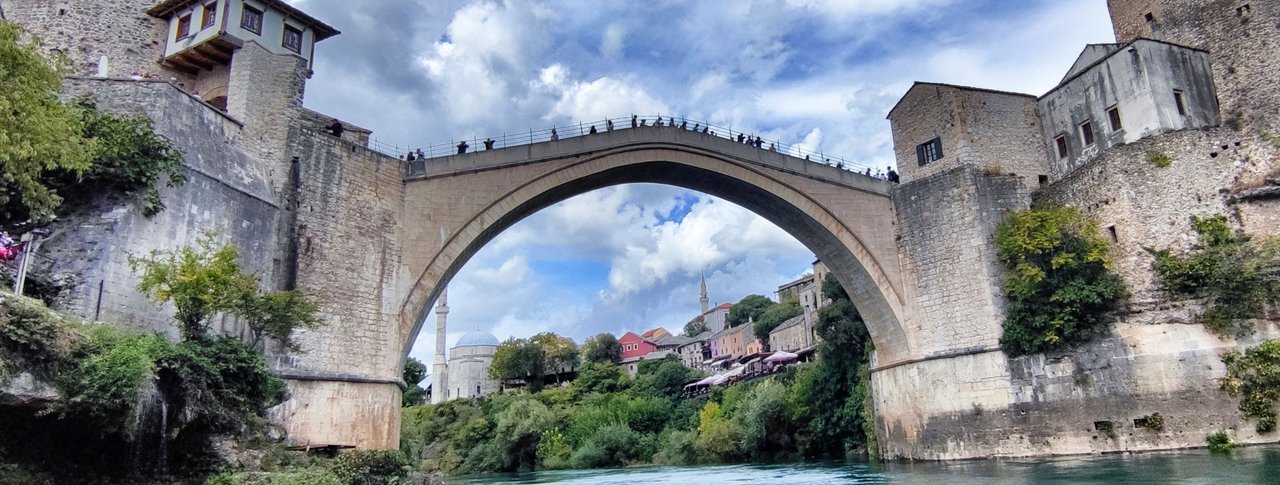Nobody knows it. But Mostar is a city that stands out from all others in Bosnia and Herzegovina. It's a place where different cultures and religions coexist, with a rich history dating back to the 15th century. In this blog post, I will share my personal experiences discovering the beauty and history of Mostar, including its famous Stari Most Bridge, Old Town, traditional Bosnian food and coffee culture.
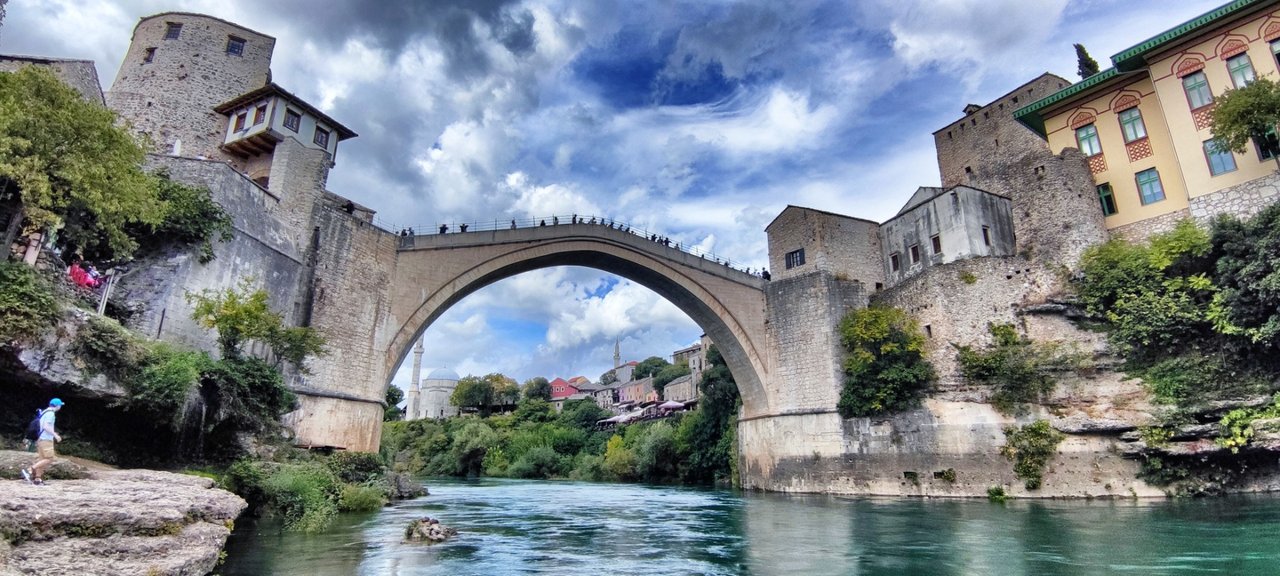 The famous Stari Most Bridge
The famous Stari Most Bridge
Table of contents
- Getting to Know Mostar
- The Famous Stari Most Bridge
- The Destruction During War
- Rebuilding Efforts
- Exploring the Old Town
- Traditional Bosnian Food Culture
- Coffee Culture
- A Sobering Reminder of War
- Conclusion: Saying Goodbye to Mostar Bosnia: My Travel Takeaways
Getting to Know Mostar
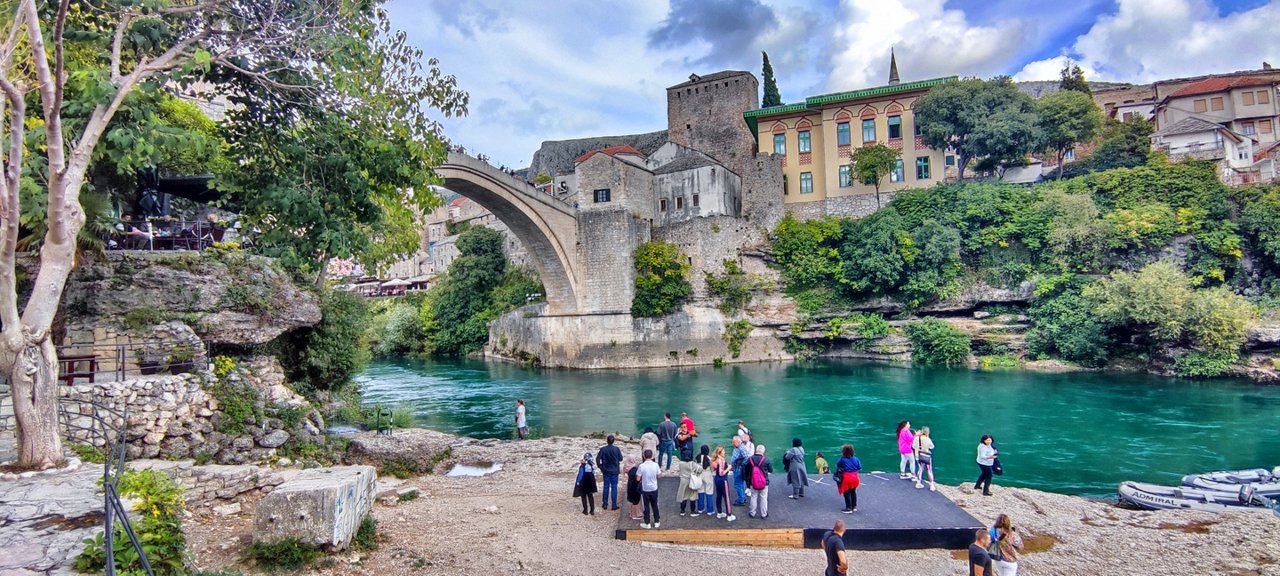 Always tourists are viewing the scenery
Always tourists are viewing the scenery
As soon as I crossed the Croatian border, I noticed a change in scenery. The first mosque appeared on the horizon, signaling that I had entered Bosnia and Herzegovina. Herzegovina is still predominantly Christian, but as you drive deeper into the country and see more mountains and warmer temperatures, you'll find more Muslims living there.
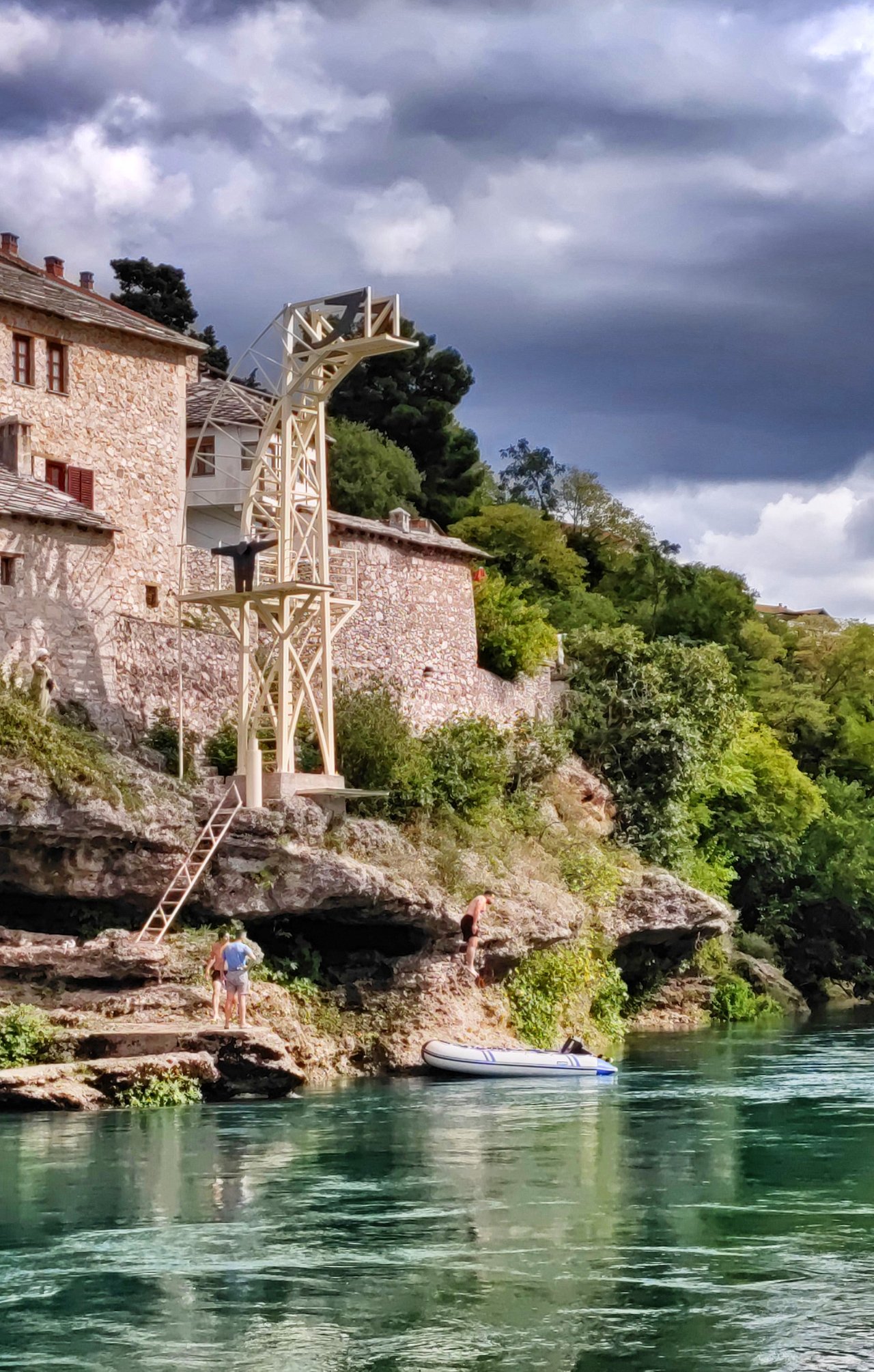 Young boys diving
Young boys diving
Mostar is located in a basin between two mountain massifs and is known for being one of the hottest cities in Europe. It's also considered the capital of the Herzegovina region. Interestingly enough, people still pay with German marks here even today. While it's worth just as much, it's officially called convertible mark and was linked to the German Mark when this currency was still in existence.
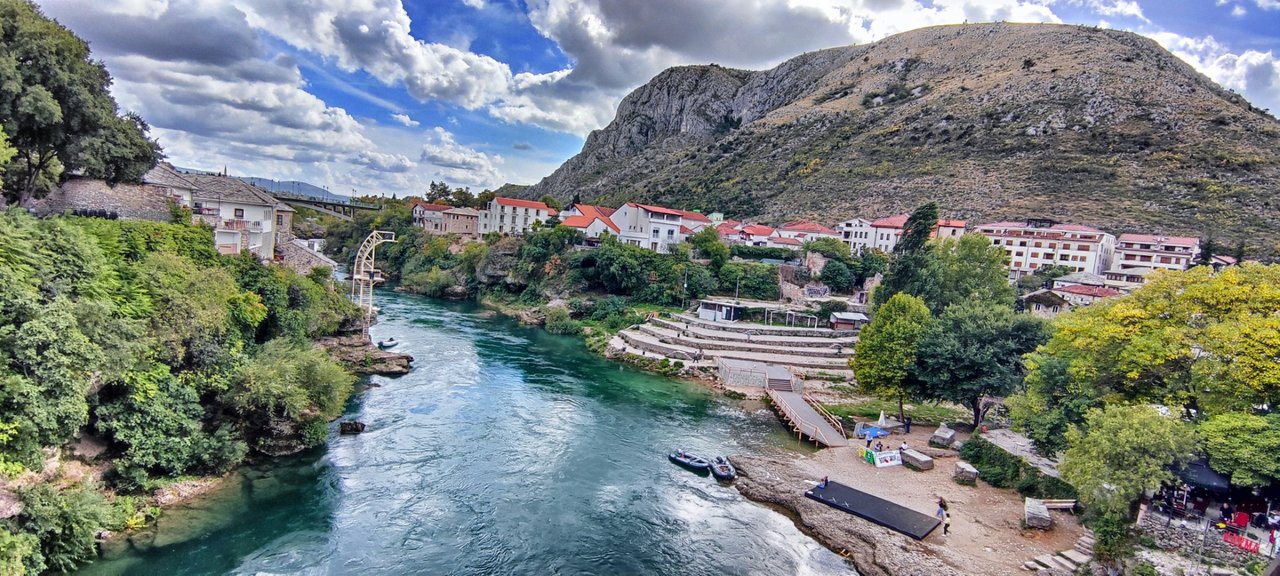 View from above
View from above
The exchange rate remains at two KM to one Euro today. People refer to tenner here as "the Zehner" - which means "ten" in German language - because it's last place on earth where this currency is used.
The Famous Stari Most Bridge
One of Mostar’s most famous landmarks is undoubtedly its Stari Most Bridge (Old Bridge). It was built during Ottoman rule back in 1566 by Mimar Hayruddin – a student of Sinan who was an important architect from Istanbul at that time.
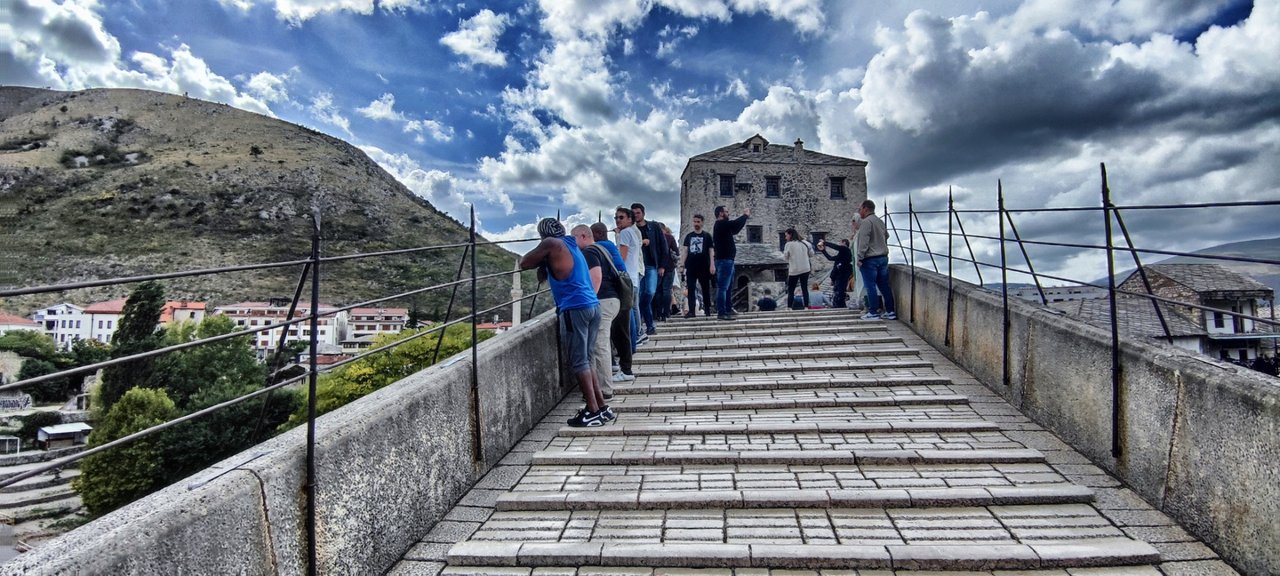 It's very small and narrow
It's very small and narrow
The bridge connected both sides of Neretva River which flows through Mostar city center. It quickly became an important trade center due to its strategic location on Neretva River making it an important military stronghold too.
Unfortunately, during Bosnian war in early 1990s, Stari Most Bridge was destroyed by Croat forces after they captured eastern side of Neretva river where Muslim population lived densely including Old Town area surrounding bridge itself.
The Destruction During War
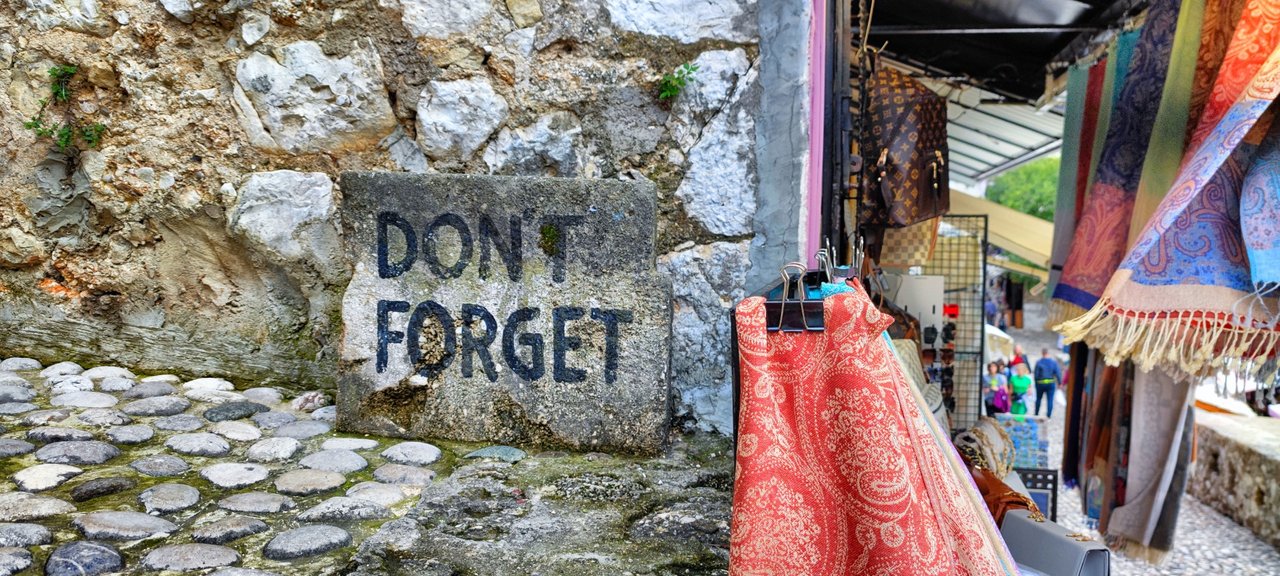 Never forget the war they had
Never forget the war they had
Stari Most Bridge destruction took place on November 9th 1993 when Croats launched artillery attack from nearby hills. The bridge was hit by several shells and collapsed into the river below.
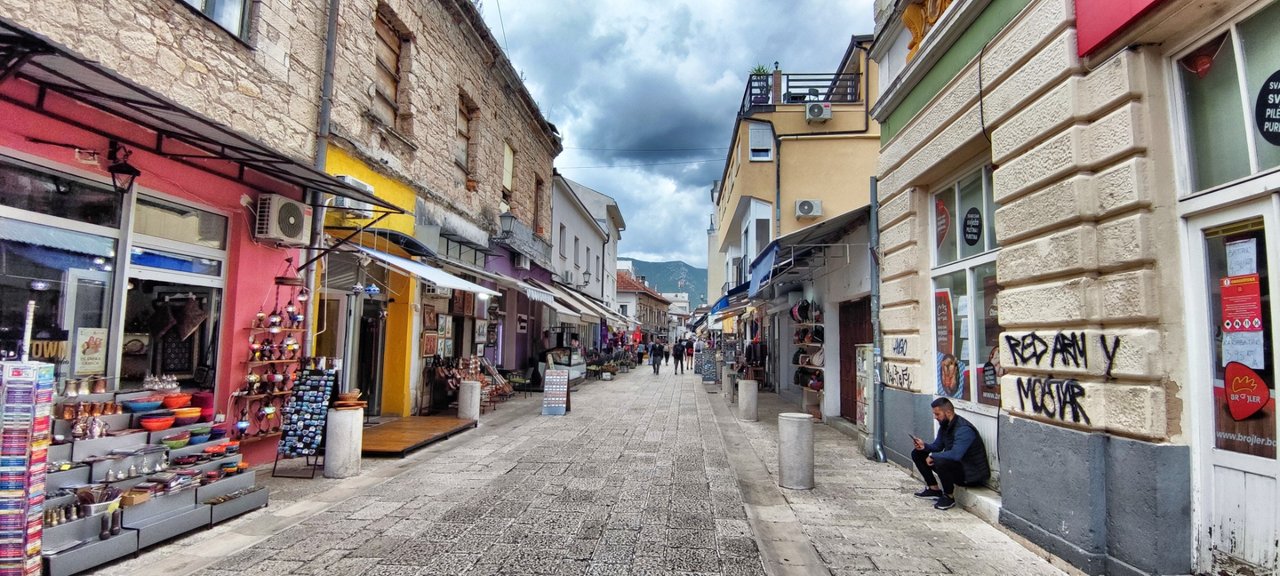 Empty streets a little bit outside
Empty streets a little bit outside
The destruction of Stari Most Bridge was a significant loss for Bosnia and Herzegovina as it symbolized the connection between East and West, Islam and Christianity, representing coexistence of different cultures and religions in this region.
Rebuilding Efforts
After the war ended in 1995, rebuilding efforts began immediately. It took almost a decade to rebuild Stari Most Bridge using traditional methods with original materials from nearby quarry where stone blocks were extracted for its construction back in 16th century.
Finally, on July 23rd 2004 – exactly ten years after its destruction – Stari Most Bridge was officially reopened to public. This event marked an important moment of reconciliation between different religious groups who had been divided during war times.
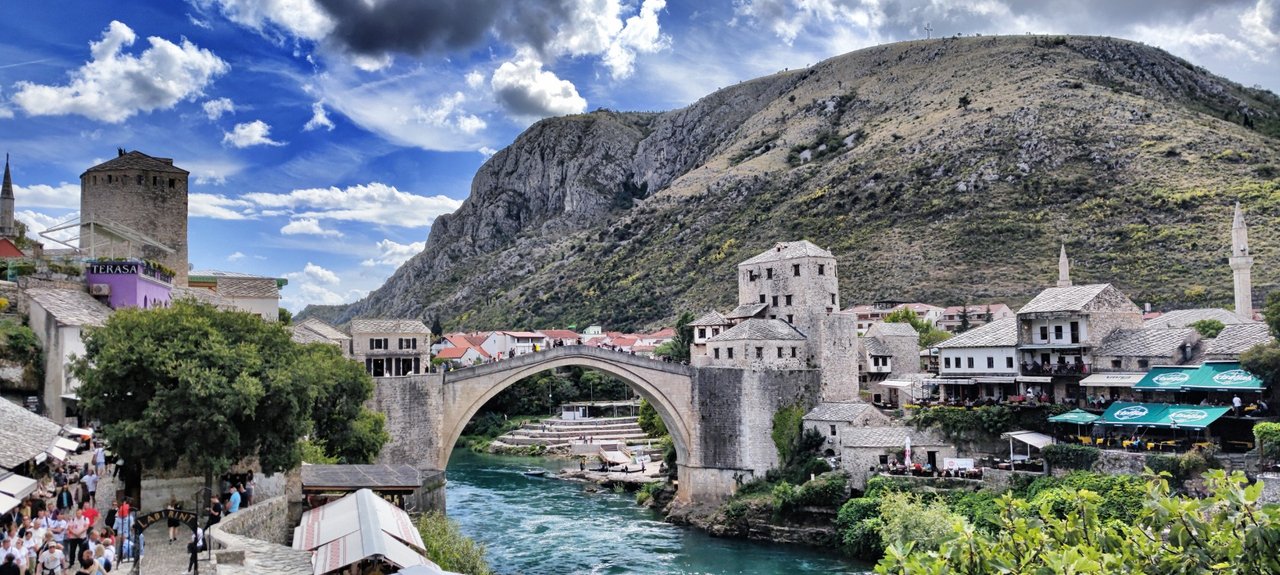 The complete view
The complete view
Today, visitors can walk across this beautiful bridge while enjoying stunning views over Neretva River and Old Town area surrounding it.
Exploring the Old Town
Mostar's Old Town is a UNESCO World Heritage Site and stretches all around Stari Most Bridge. It's a charming area filled with endless restaurants, countless stores, small souvenir shops, ice cream parlors and stores with cheap brand-name clothes that keep visitors busy.
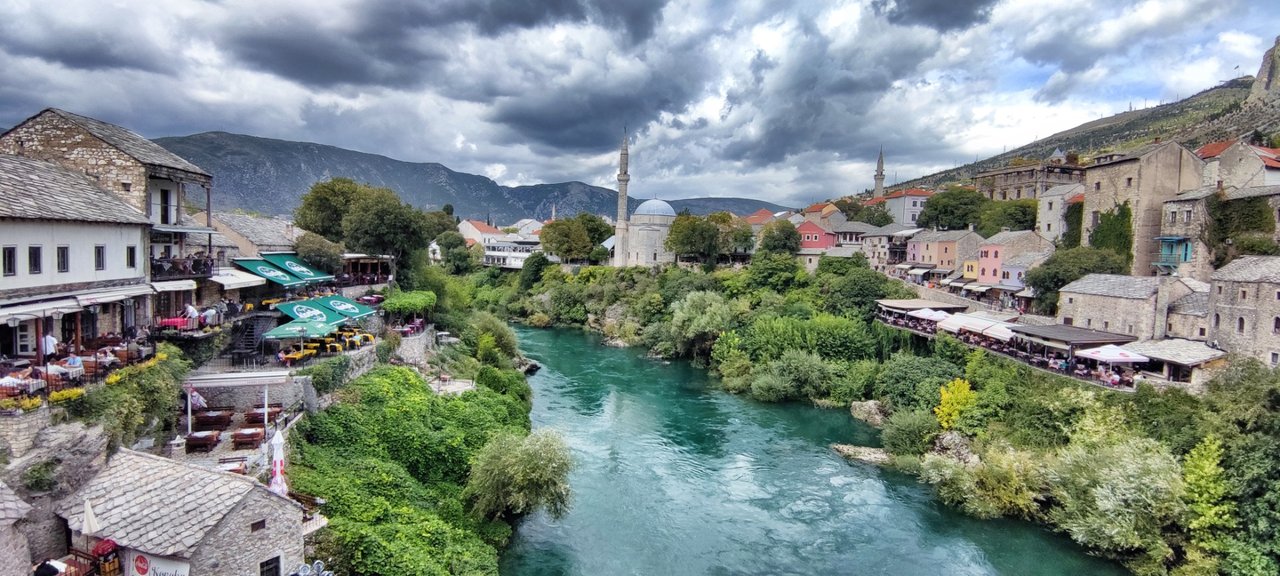 And the other side
And the other side
The ancient pavement is always crowded with people enjoying the warm sun while admiring the walls and ledges from which they can get the best view of Stari Most Bridge. If you have time to spare, watch daring young men jump from a specially built 20-meter-high platform into Neretva River below. It looks so spectacular that it was even made into a television competition by a major beverage company.
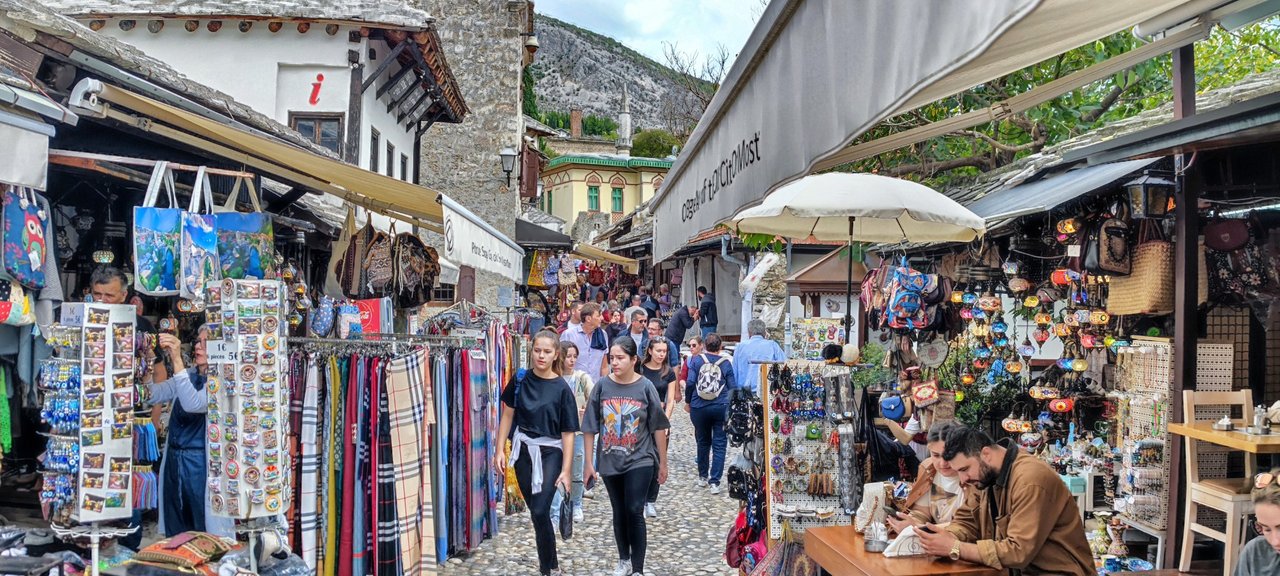 Crowded streets in the old town
Crowded streets in the old town
The atmosphere here has not always been relaxed as there are still bullet impact marks on many houses in the city center. Others bear commemorative plaques for fallen heroes or are still badly damaged today - all bearing witness to Bosnia's war between 1992 and 1994.
Despite this dark period in history, everyone here eats traditional Bosnian food like cevapi (a type of grilled sausage) or gusgus (a stew-like dish). They also drink Bosnian coffee – an incredibly strong yet sweet drink prepared in a special way and served in small cups.
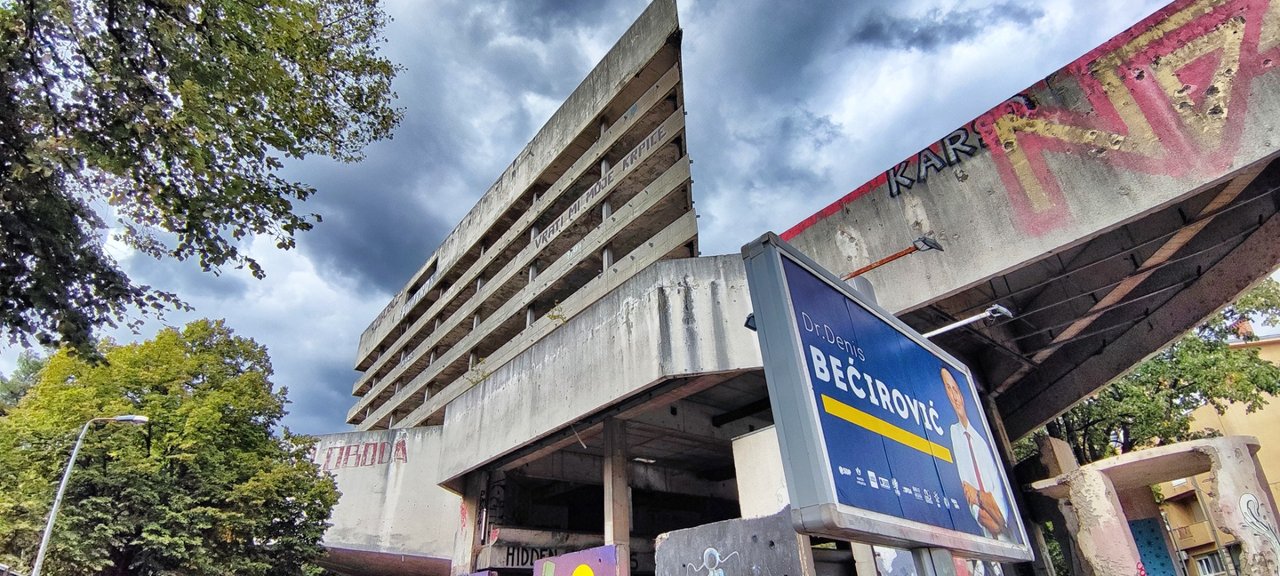 The traces of war
The traces of war
Traditional Bosnian Food Culture
Bosnia’s cuisine is influenced by its Ottoman past but also has influences from Central Europe too. The country’s most popular dishes include cevapi (grilled minced meat), burek (filo pastry stuffed with meat or cheese), dolma (stuffed vegetables) and pita breads filled with spinach or cheese.
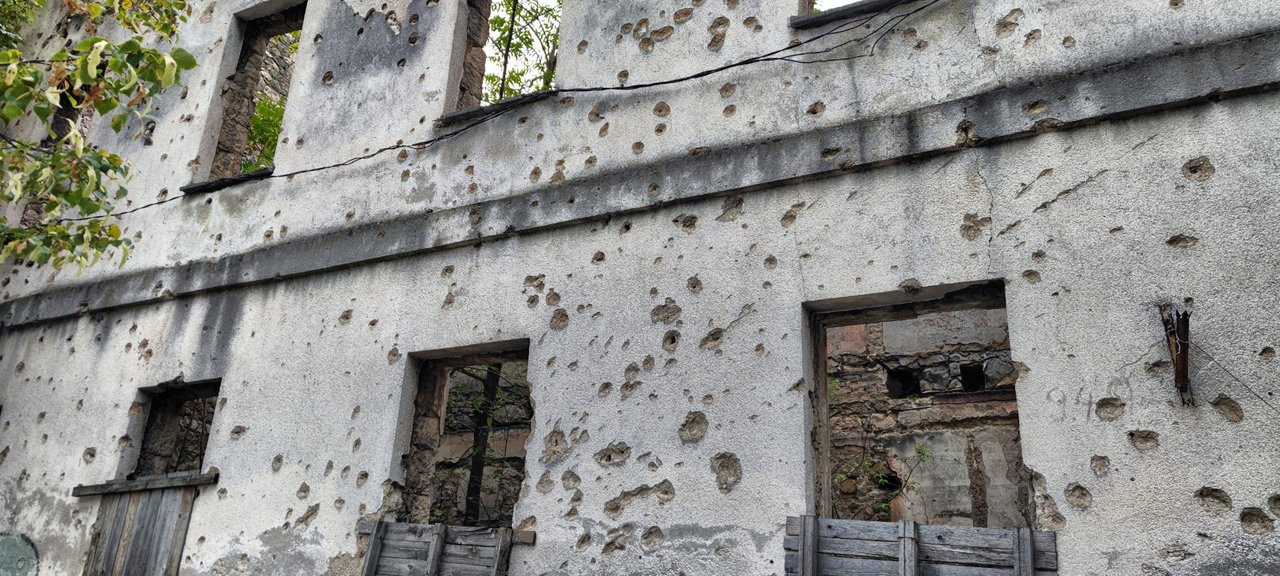 Bulletproof walls
Bulletproof walls
In Mostar’s Old Town area, you’ll find plenty of restaurants serving these classic dishes along with other local specialties such as lamb cooked under iron bell called sač.
Coffee Culture
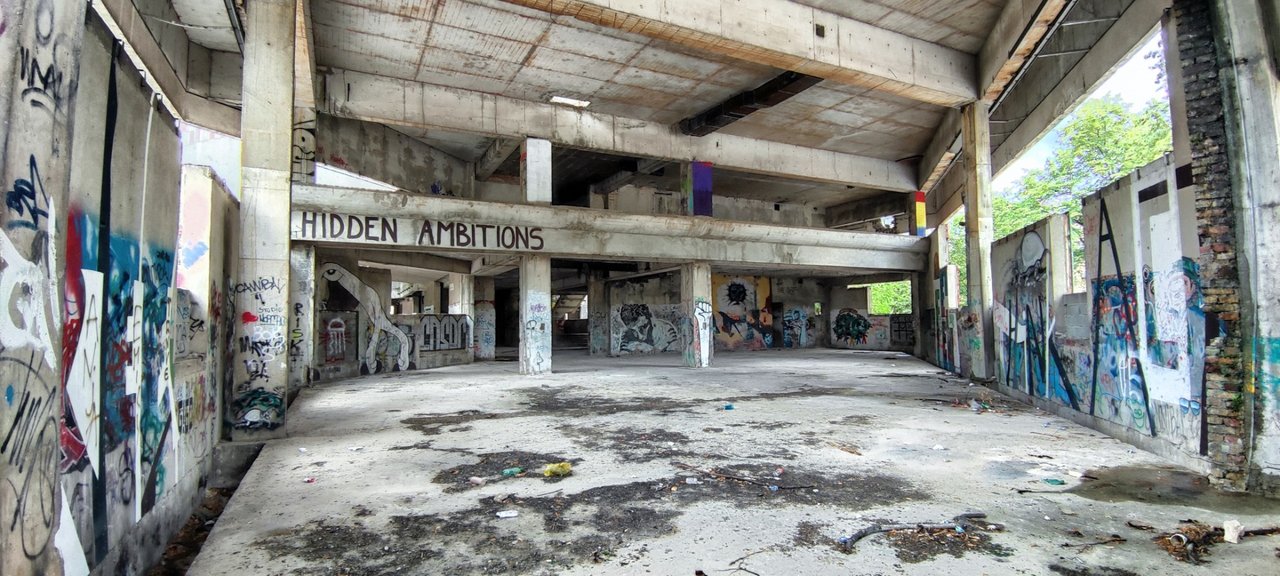 One of the building they never completed
One of the building they never completed
Bosnia takes its coffee culture seriously! In fact, drinking coffee is a daily ritual here. Bosnian coffee is prepared using a special pot called džezva and served in small cups. It's incredibly strong, sweet and often accompanied by Turkish delight or lokum.
In Mostar’s Old Town area, you’ll find plenty of cafes serving traditional Bosnian coffee along with other drinks like tea or juice.
A Sobering Reminder of War
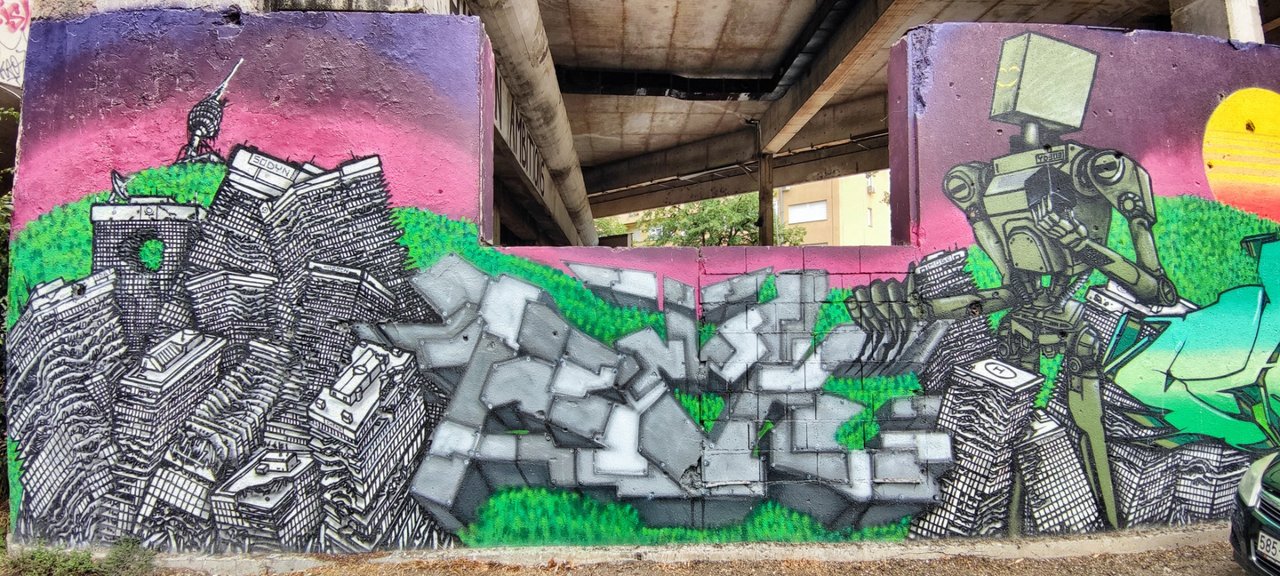 Colors on ruins
Colors on ruins
Mostar was one of the most affected cities during Bosnia’s war between 1992-1994. The city was even divided into Croatian western and Muslim eastern parts for a long time after this conflict, and the division was not lifted until early 2004.
Today, bullet impact marks can still be seen on many houses in the city center while others bear commemorative plaques to fallen heroes or are still badly damaged today - all bearing witness to Bosnia's war between 1992 and 1994.
Despite this dark period in history, Mostar has managed to rebuild itself from scratch with its famous Stari Most Bridge being rebuilt using traditional methods with original materials from nearby quarry where stone blocks were extracted for its construction back in the 16th century.
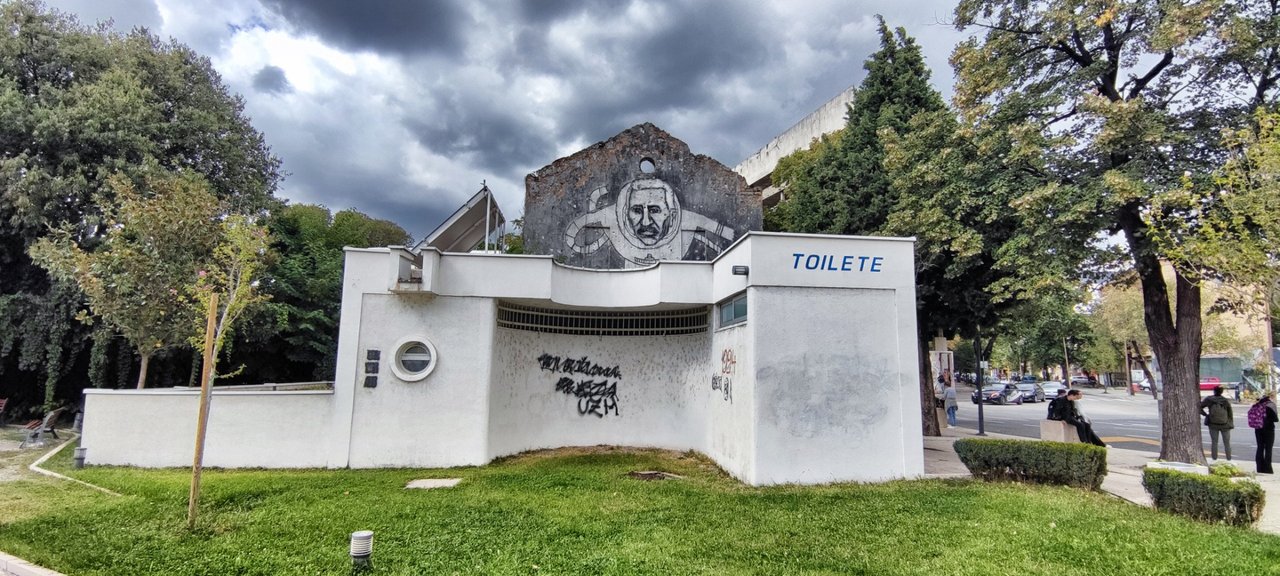 But very modern restrooms
But very modern restrooms
Visitors can now walk across this beautiful bridge while enjoying stunning views over Neretva River and Old Town area surrounding it. It's an important moment of reconciliation between different religious groups who had been divided during war times.
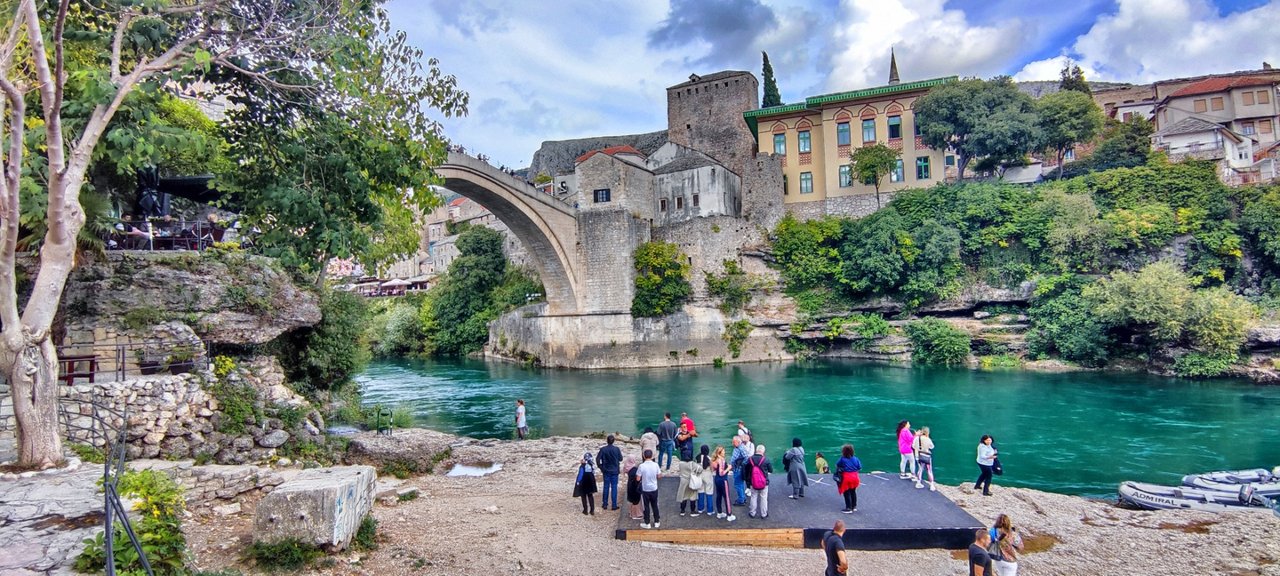 Tourists "Under the Brigde" (Red Hot Chili Peppers)
Tourists "Under the Brigde" (Red Hot Chili Peppers)
Overall, exploring Mostar is an unforgettable experience that combines natural beauty with rich cultural heritage. From its famous Stari Most Bridge to its charming Old Town area filled with endless restaurants and stores, there's something for everyone here. Despite having gone through dark times during Bosnia’s war between 1992-1994, it has managed to rebuild itself into one of Europe’s most unique destinations that should definitely be on your travel list!
Conclusion: Saying Goodbye to Mostar Bosnia: My Travel Takeaways
Exploring Mostar, Bosnia has been an incredible experience for me. From the moment I crossed the Croatian border and saw my first mosque, I knew that this was a place unlike any other. The city's rich history dating back to the 15th century is evident in its stunning architecture and cultural heritage.
The famous Stari Most Bridge, which symbolically represents the connection of East and West, Islam and Christianity, is a must-visit destination. It's hard not to be impressed by its beauty and significance in bringing people together after war times.
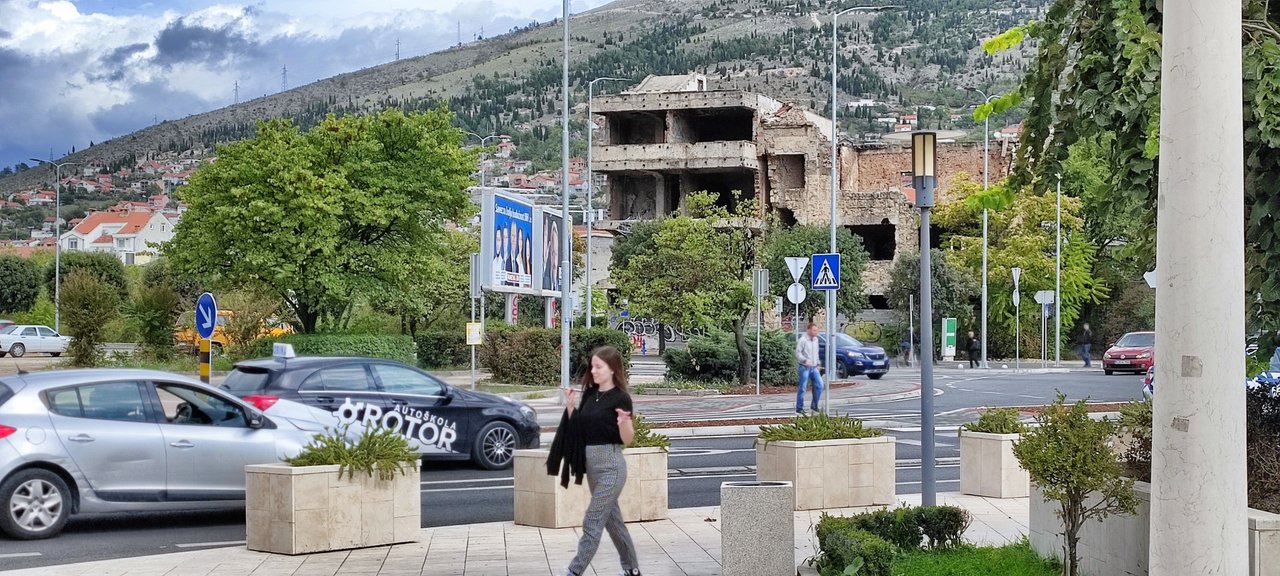 Young girls, old ruins
Young girls, old ruins
Mostar's Old Town area with endless restaurants serving traditional Bosnian food like cevapi or gusgus along with cafes serving strong yet sweet Bosnian coffee is another highlight of this beautiful city.
Despite having gone through dark times during Bosnia’s war between 1992-1994, it has managed to rebuild itself into one of Europe’s most unique destinations that should definitely be on your travel list!
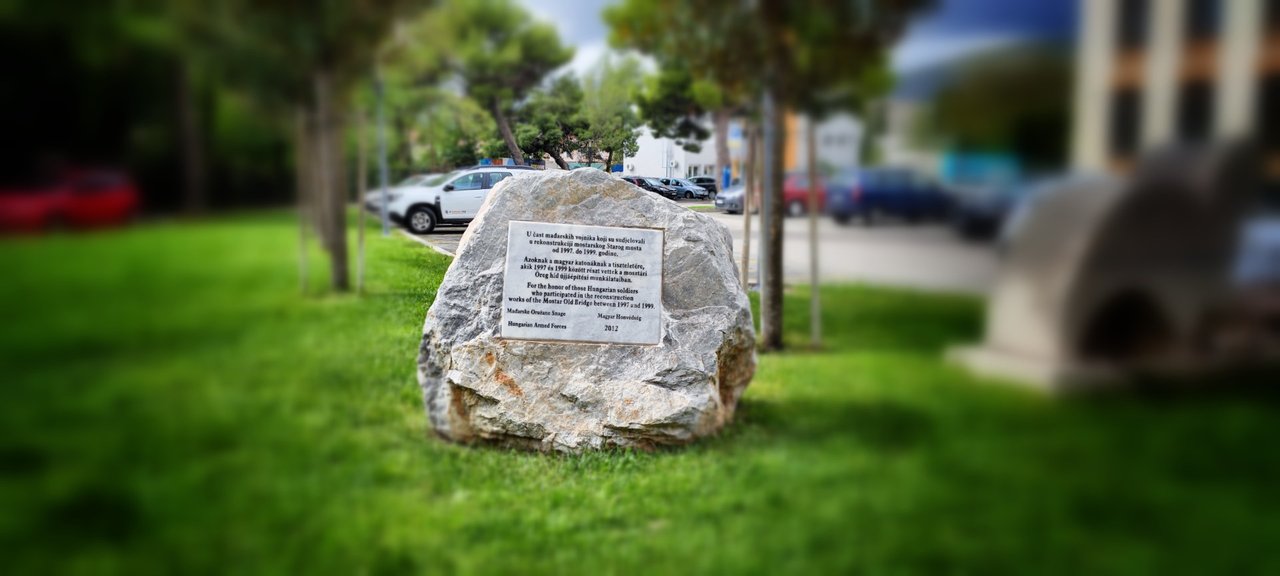 Remember the victims
Remember the victims
My main takeaway from this trip is that despite differences in culture or religion, we can all come together as humans to appreciate each other's traditions and histories. As travelers, we have an opportunity to learn about different cultures while also enjoying their natural beauty.
If you're planning a trip soon, make sure you add Mostar on your list of must-visit destinations! You won't regret it!
Thank you for reading and if you like my work please follow me on Hive, Travelfeed or Steem or visit my homepage koenau.de
A few more pictures:
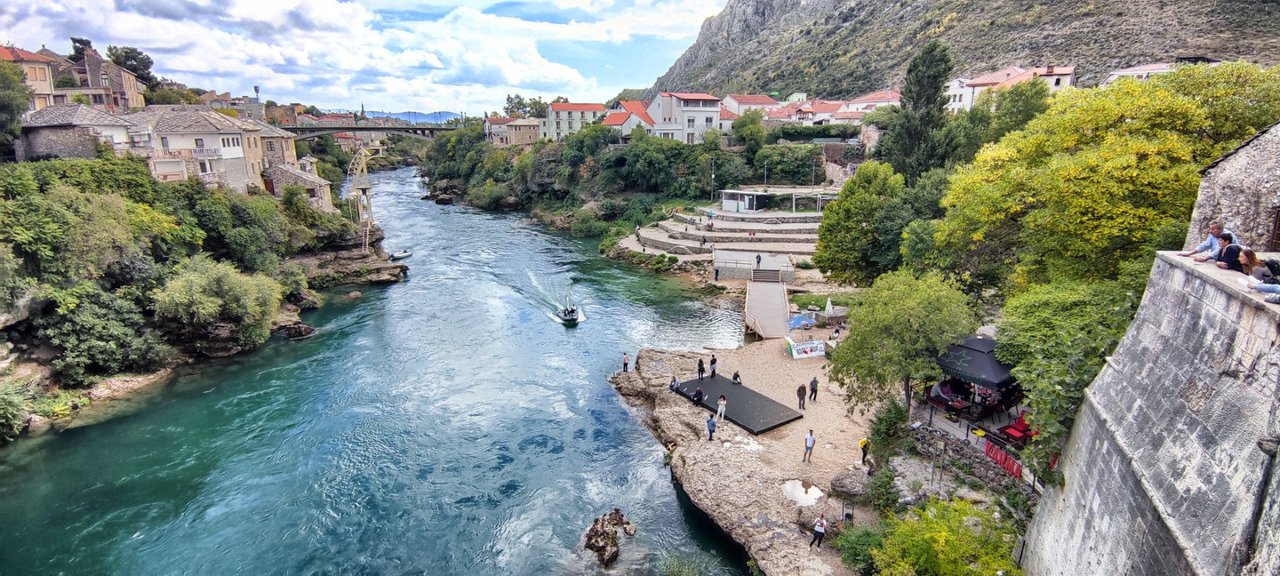 The view from the bridge
The view from the bridge
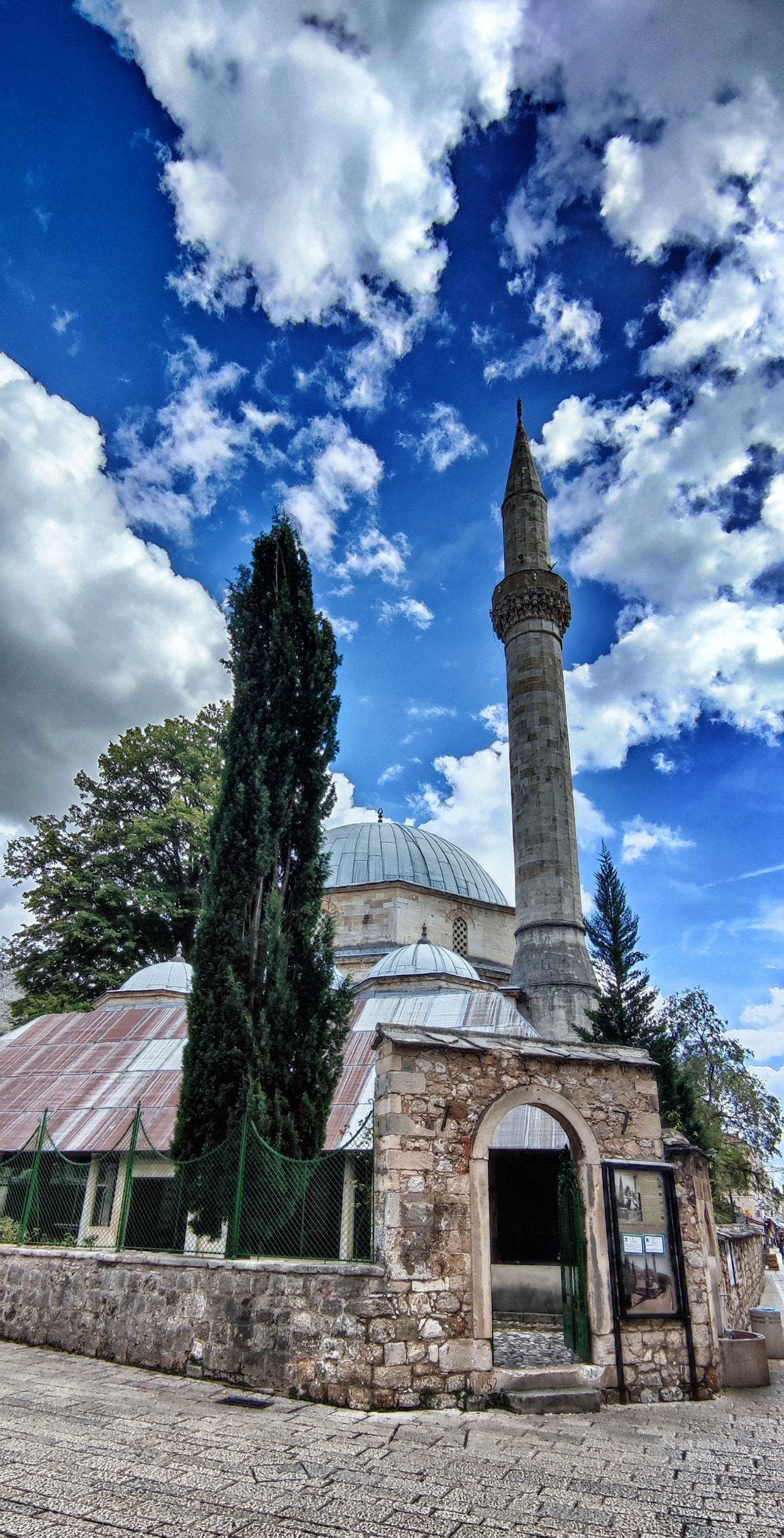 One of the Mosques
One of the Mosques
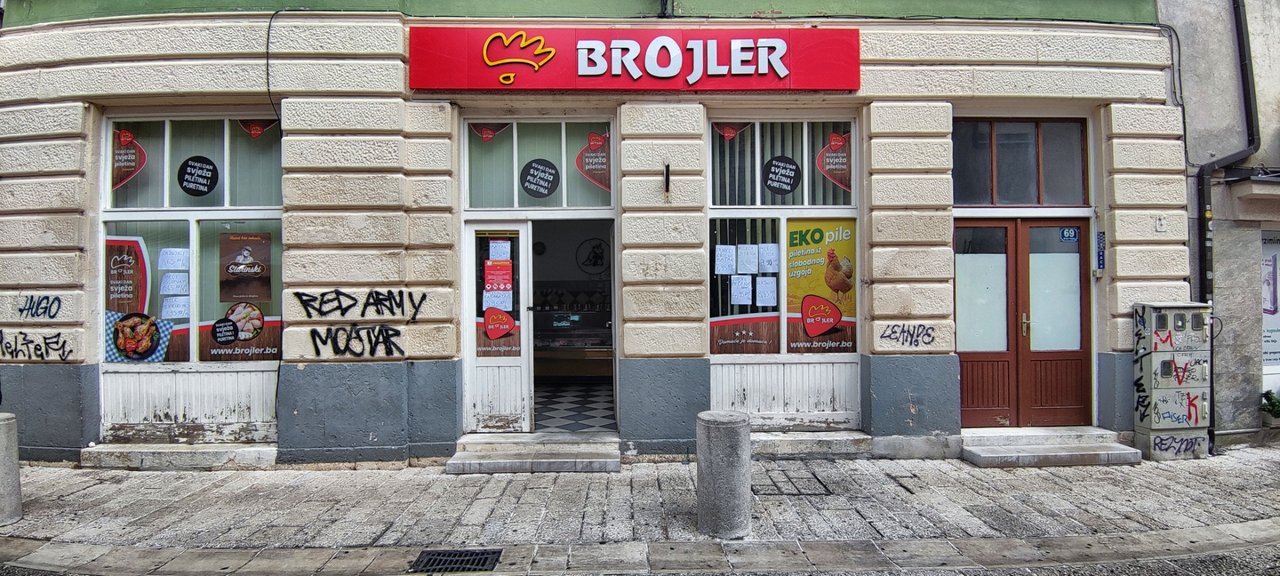 Broiler is an east german word originally
Broiler is an east german word originally
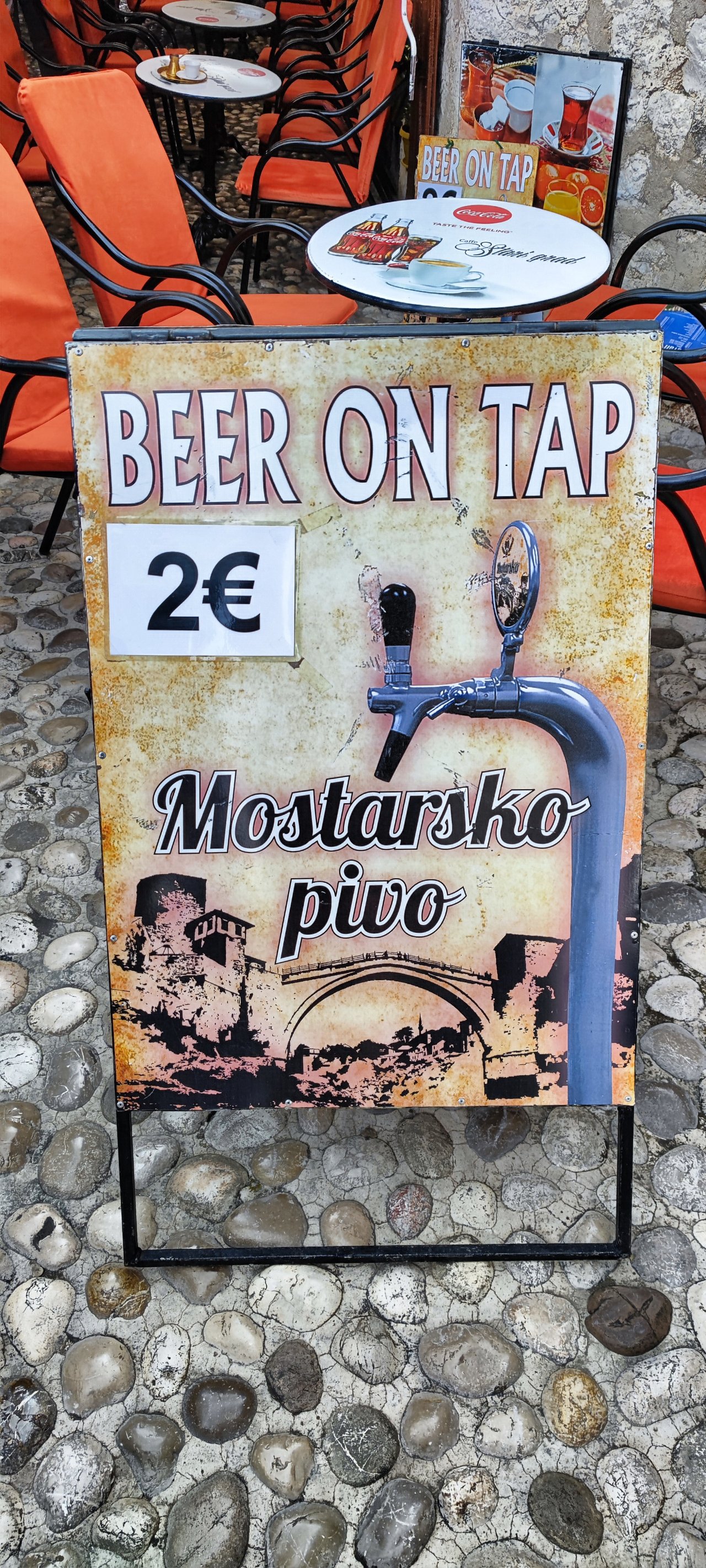 Cheap is the beer
Cheap is the beer
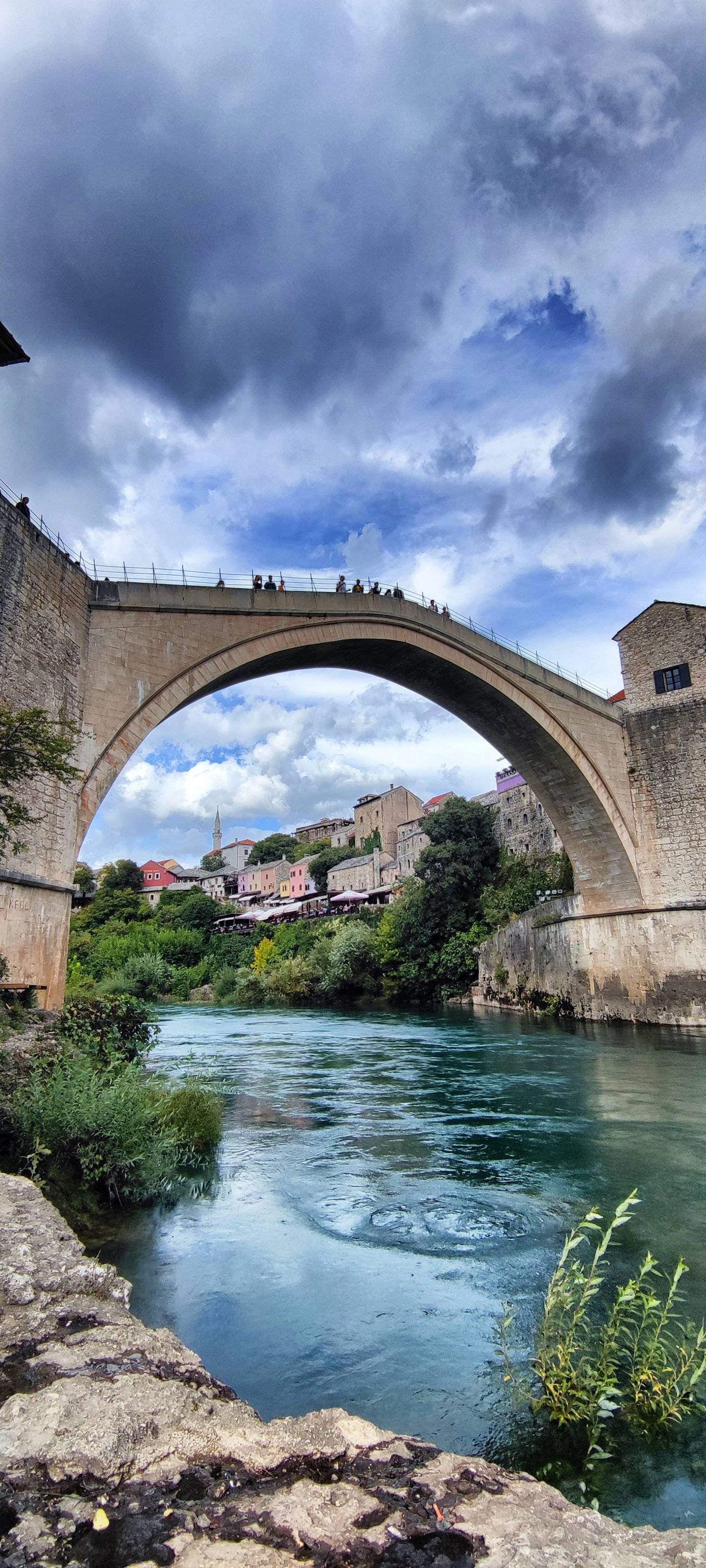 Sky high the bridge
Sky high the bridge
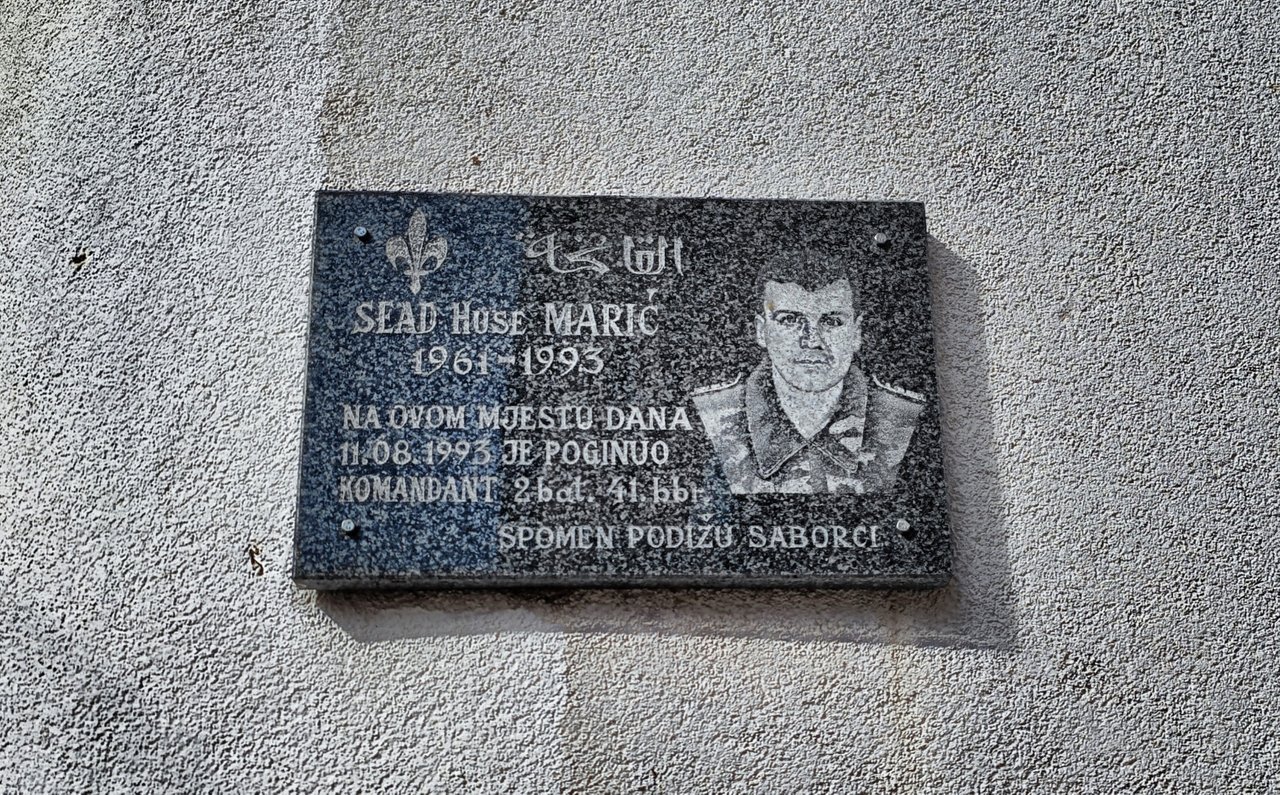 A hero for one side.
A hero for one side.
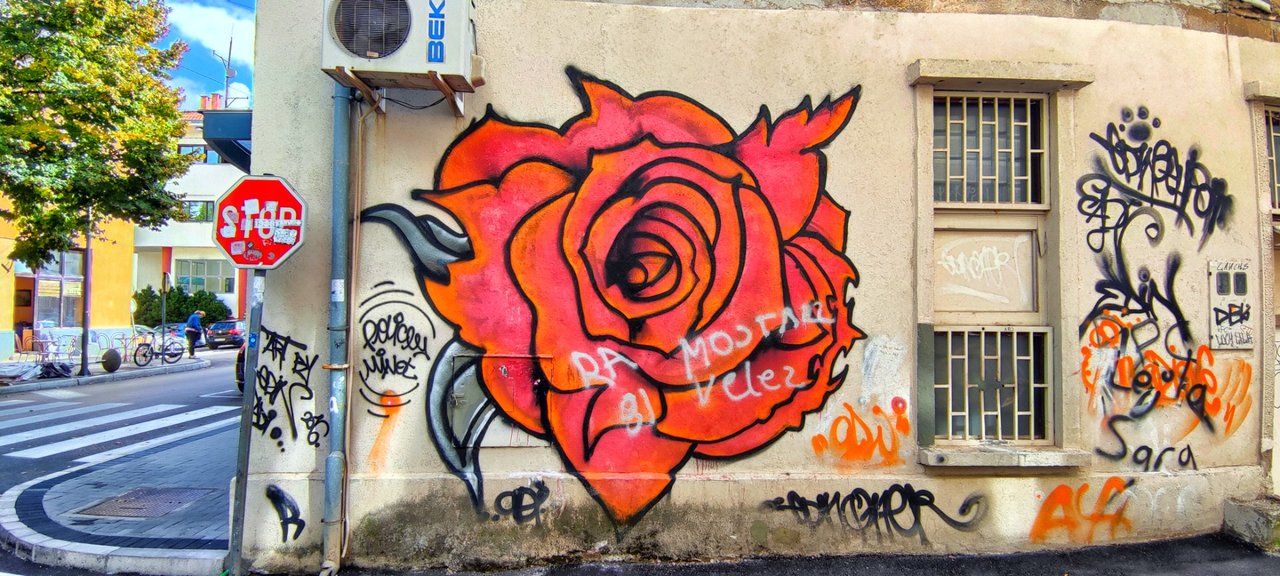 A red rose on a ruined wall
A red rose on a ruined wall
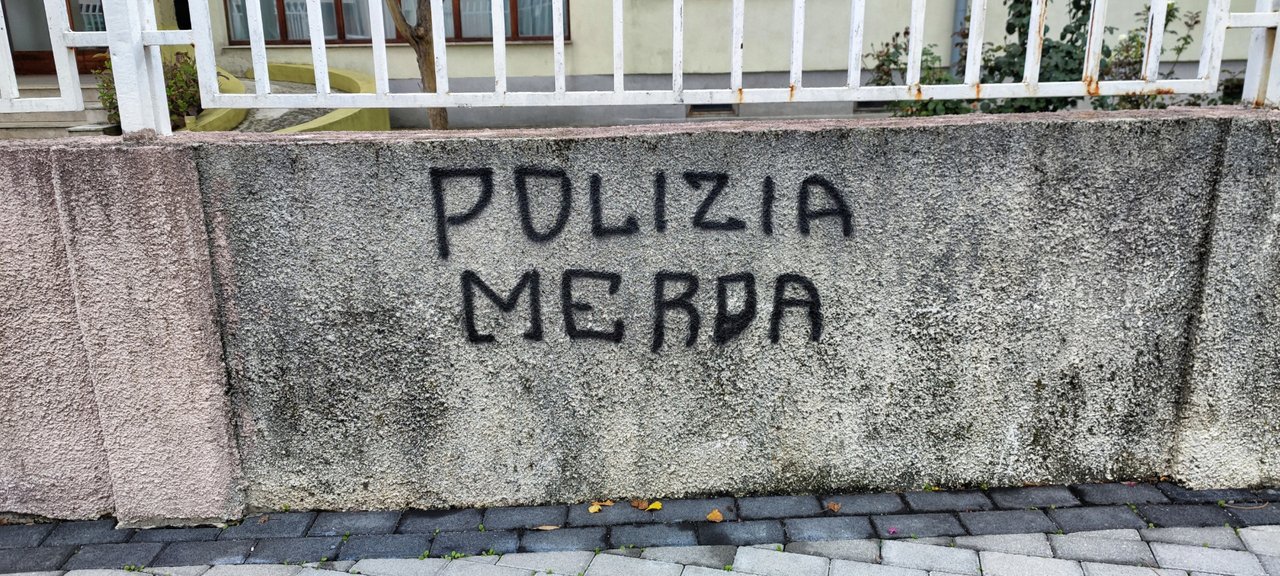 You know what it means
You know what it means
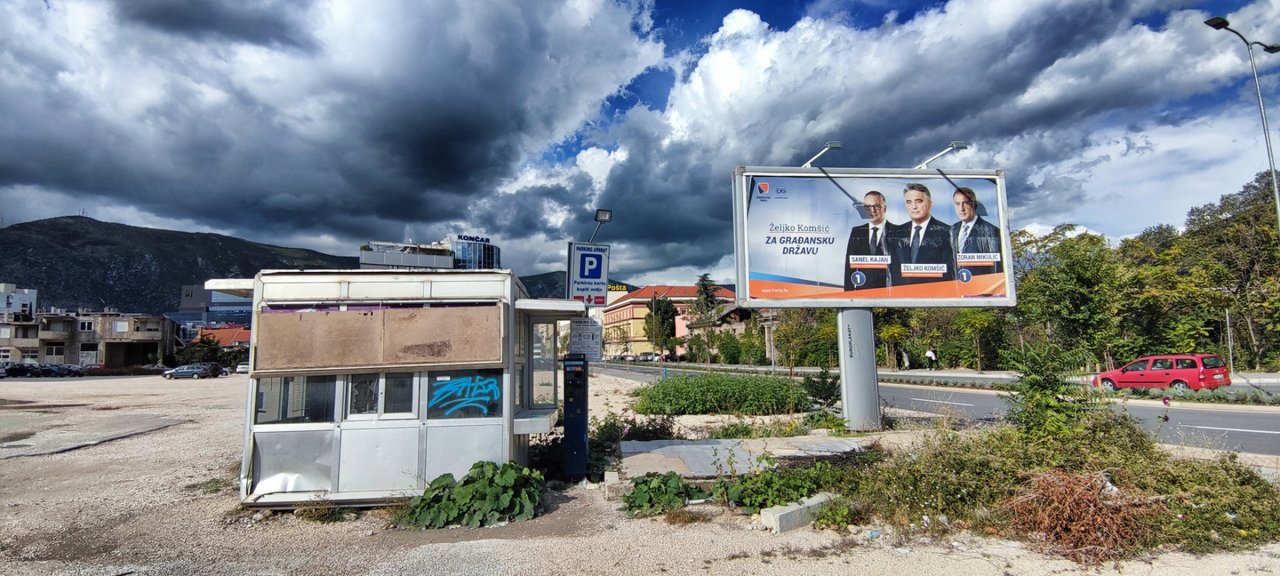 They call for an election
They call for an election
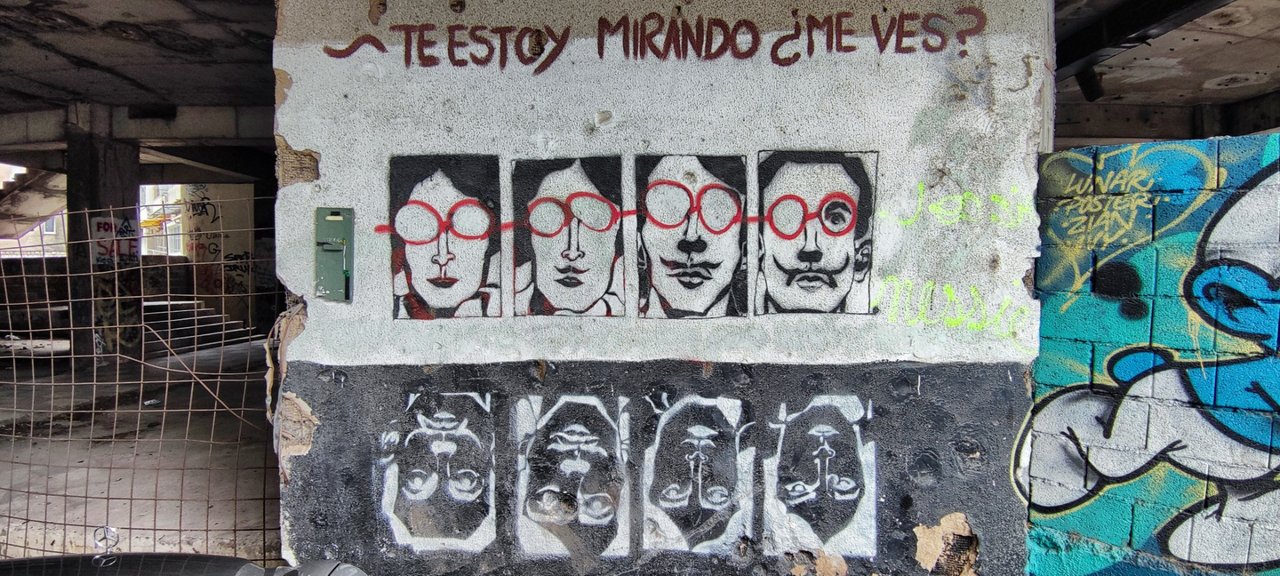 Streetart on scarred walls
Streetart on scarred walls
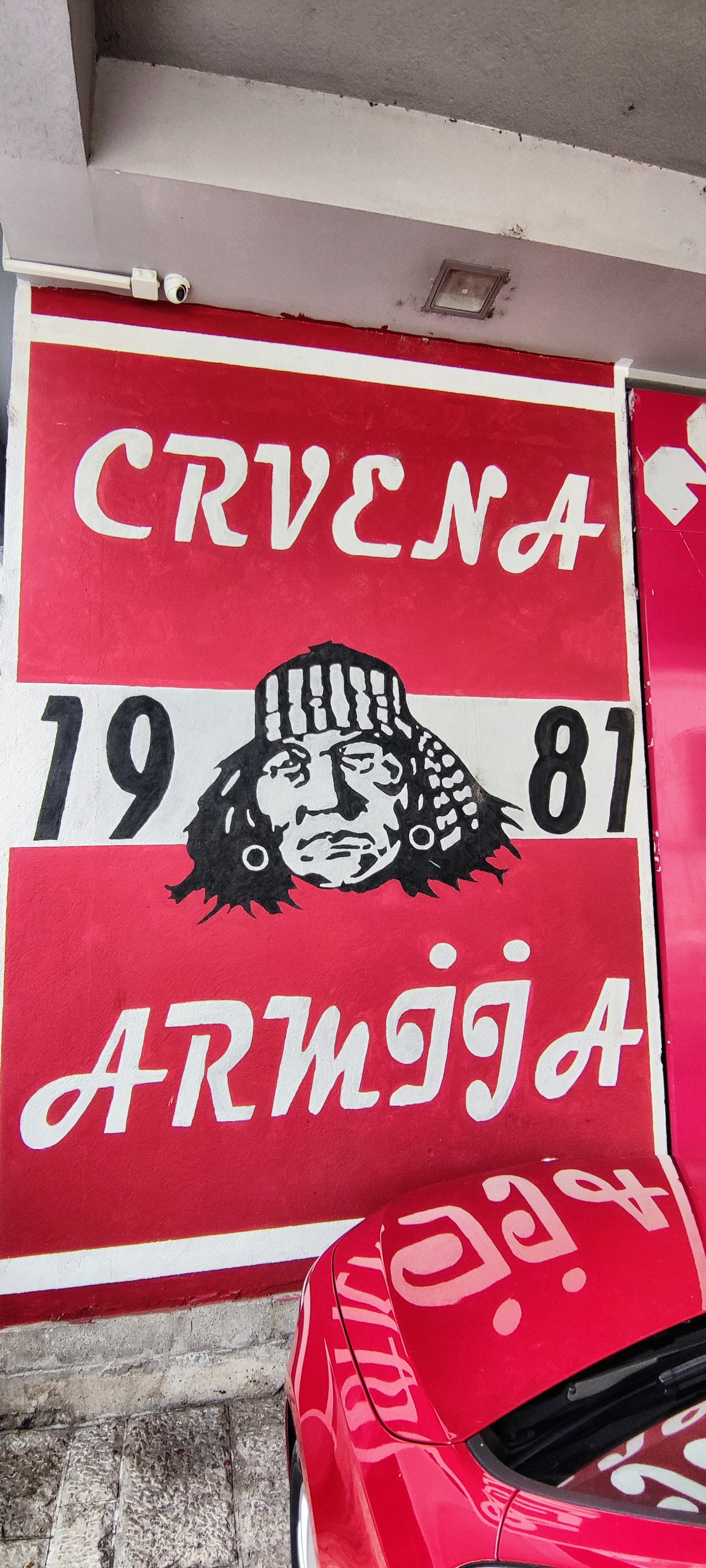 Football is religion
Football is religion
